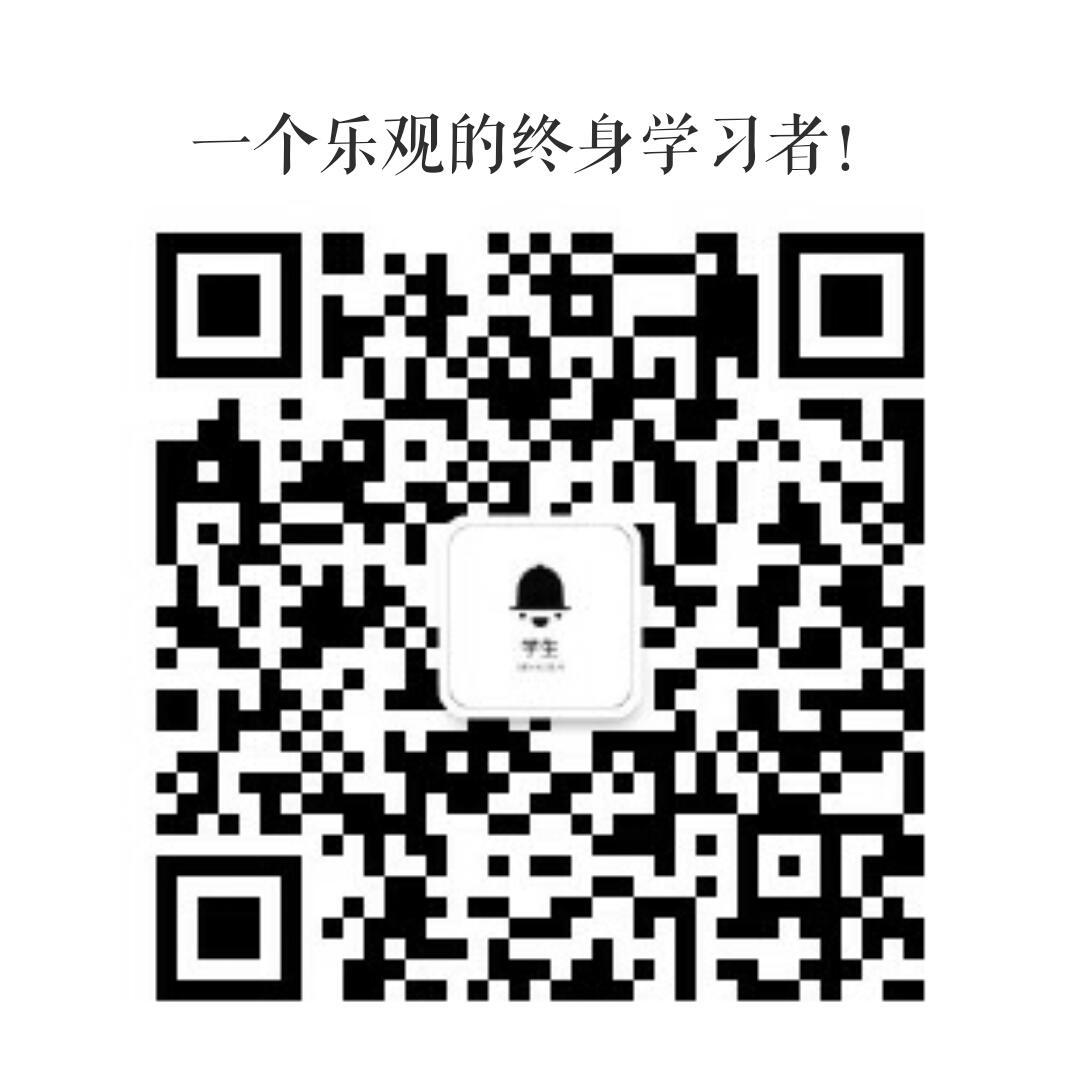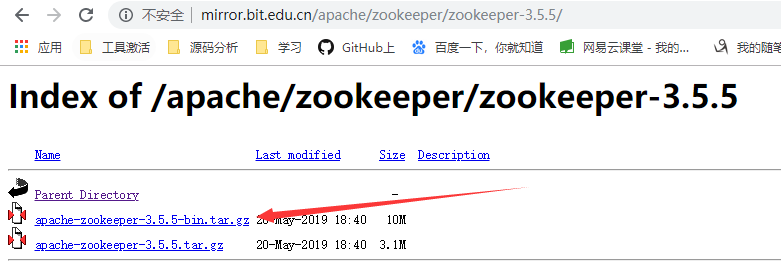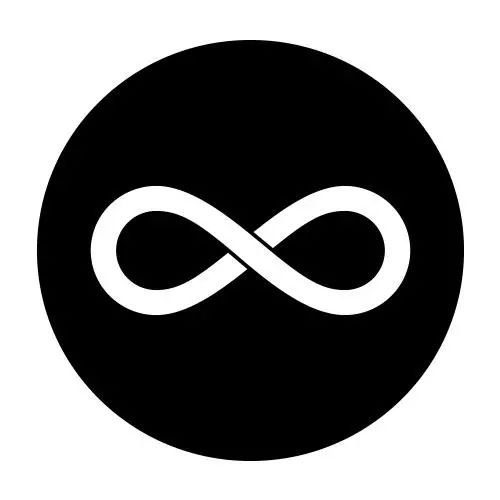Note - it's possible UIViewControllerAnimatedTransitioning
https://developer.apple.com/library/ios/documentation/uikit/reference/UIViewControllerAnimatedTransitioning_Protocol/Reference/Reference.html
is relevant here.
Note - I've just realised the new iOS7 "swipe-away" gesture is this concept
there are some answers HERE:
The UICollectionView "swipe-away" in iOS7 app manager?
Imagine your iPad has a UICollectionView ("bigView"), vertical, which contains 10 cells, each about 400x400 say. Imagine the bigView is on the right half of the screen, say.
I want to do this:
Cell number 3 is perhaps clicked.
That cell moves away from the collection view (say, to the left of the screen). TBC it moves outside the boundary of the UICollectionView. Ideally it becomes a normal UIView (say).
In fact, I want to:
(1) destroy the other 9 cells
(2) destroy entirely the UICollectionView
(3) in fact, convert the one cell, #3, to (I guess) a UIView
I'll take it from there!
Can this be done??
(a) can you "convert" a UICollectionViewCell to a UIView (does it have a UIView guts you can "remove" ??)
(b) can you (perhaps) destroy all of the other cells, leaving the UICollectionView as, indeed, really being only that one cell (and perhaps move the "whole thing") ...
(c) is there any other sort of "tear off" mechanism from a UICollectionView?
Having worked on this many, many times now, here's pretty much the simplest basic solution.
You'll have a class that is literally the collection view,
@interface BouncyItems : UICollectionViewController
in that class you'll have a didSelectItemAtIndexPath: or similar:
in there, you can easily get at the cell in question.
-(void)collectionView:(UICollectionView *)cv
didSelectItemAtIndexPath:(NSIndexPath *)indexPath
{
NSInteger thisRow = indexPath.row;
NSString *thatName = yourData.stuff[thisRow][@"nameField"];
YourCellClass *cell = [cv cellForItemAtIndexPath:indexPath];
NSLog(@"Yo, peeling off ....... %@ %@", theName);
YourScene *parent = (YourScene *)self.parentViewController;
[parent peelOff:cell.holder];
}
But more importantly, you're going to have an actual scene, that has a container view, which is the collection view.
So in the example, "YourScene" is the UIViewController, which indeed has a few container views. One of those container views is indeed the collection view in question.
@interface YourScene:UIViewController
@property (nonatomic, strong) IBOutlet UIView *bouncyItemsContainer;
-(void)peelOff:(UIView *)peelMe;
@end
Note that in storyboard, looking at your BouncyItems, you would have dragged back the connection from it to "bouncyItemsContainer"
(No different than how you'd hook up buttons in "YourScene" to the relevant IBOutlet items.)
So, looking at the code in didSelectItemAtIndexPath, it's this easy,
YourScene *parent = (YourScene *)self.parentViewController;
[parent peelOff:cell.holder];
What is ".holder" .. explained below.
Now what is the routine peelOff ? Amazingly it's this simple.
The secret sauce is the convertPoint: line of code...
-(void)peelOff:(UIView *)peelMe
{
CGPoint oldCenter = [self.view
convertPoint:peel.center
fromView:peel.superview];
[self.view addSubview:peelMe];
peelMe.center = oldCenter;
[self.bouncyItemsContainer exitLeft];
}
{Recall that addSubview: conveniently removes the view from it's old superview, so it does all that for you in one line of code.}
So, that's it - the first three lines of code, you've removed the one cell, peelMe, from the container view. It is now just part of the normal scene, YourScene.
Next, simply "get rid of" the collection view. In my example, exitLeft simply animates it off the screen to the left.
So, it's perfect - you click on one cell; all the rest of the collection view animates off the screen (you could do whatever you want there, make them "fly off", face out, tumble - whatever), and the one chosen cell remains behind. Due to the "magic" convertPoint line of code, everything stays correctly in place.
Finally all cells must have a ".holder" which is.....

a UIView that holds everything in the cell; that's what you peel off. (This is the only practical solution, don't take out the underlying .contentView of the cell.) You can carefully arrange white/clear etc backgrounds so that everything "works" properly if you're flying stuff around in the scene.
So, that's all there is to it.
You now have (1) got rid of the collection view, and (2) your YourScene owns the thing that was a cell.
So, in peelOff: you would pass through the .holder UIVIew, and, you would probably also pass through some of your data, as in "the user has selected this house to see the interior" or whatever your context is.
Finally in the original question, it mentions then moving the peeled view, to some position on the YourScene. Of course, just animate it whether you want, probably in peelOff:.
Hope it helps.




